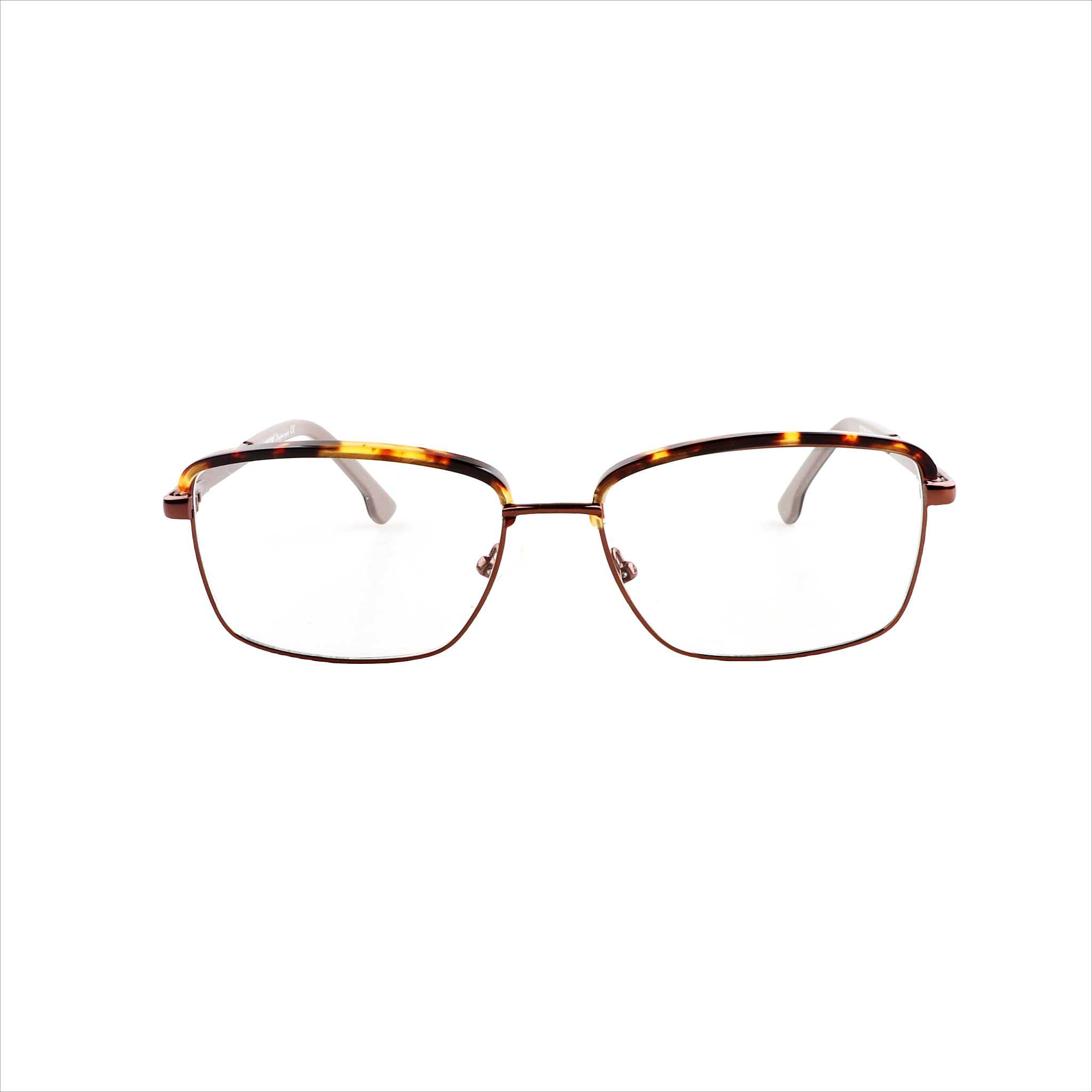Anatomy of the Human Eye: How It Works

The human eye is a complex organ that allows us to perceive the world through vision. It consists of various structures, each playing a crucial role in the process of seeing. Below is an overview of the key components of the eye and how they function together.
Key Components of the Eye
- Cornea
- Function: The clear, dome-shaped front surface of the eye that helps focus light.
- Role: The cornea refracts (bends) light as it enters the eye, contributing to the eye's overall focusing power.
- Pupil
- Function: The opening in the center of the iris that regulates the amount of light entering the eye.
- Role: The size of the pupil changes in response to light conditions, becoming smaller in bright light and larger in dim light.
- Iris
- Function: The colored part of the eye that surrounds the pupil.
- Role: The iris controls the size of the pupil and thus the amount of light entering the eye.
- Lens
- Function: A transparent structure behind the iris that adjusts its shape to focus light on the retina.
- Role: The lens changes shape (accommodates) to focus on objects at varying distances, allowing for clear vision.
- Retina
- Function: A layer of light-sensitive cells located at the back of the eye.
- Role: The retina converts light into electrical signals. These signals are sent to the brain via the optic nerve.
- Optic Nerve
- Function: The nerve that transmits visual information from the retina to the brain.
- Role: It carries the electrical signals generated by the retina to the visual cortex in the brain, where they are interpreted as images.
- Macula
- Function: A small, central area of the retina responsible for sharp, detailed vision.
- Role: The macula contains a high concentration of photoreceptor cells (cones) that allow for color perception and clarity.
- Fovea
- Function: The central part of the macula that provides the sharpest vision.
- Role: It is the area of highest visual acuity and is crucial for tasks requiring detailed sight, such as reading.
- Vitreous Humor
- Function: The clear gel-like substance that fills the space between the lens and the retina.
- Role: It helps maintain the shape of the eye and provides a pathway for light to reach the retina.
- Sclera
- Function: The white outer layer of the eye that provides structure and protection.
- Role: The sclera supports the eye's shape and serves as an attachment point for the muscles that move the eye.
- Choroid
- Function: A layer of blood vessels between the retina and sclera.
- Role: The choroid provides nourishment to the retina and absorbs excess light to prevent scattering.
How Vision Works
- Light Entry:
- Light rays enter the eye through the cornea, which refracts them.
- Pupil Adjustment:
- The iris adjusts the size of the pupil to regulate light intake based on the lighting conditions.
- Focusing:
- The lens further refracts the light rays, adjusting its shape to focus them precisely on the retina.
- Image Formation:
- Light-sensitive photoreceptor cells (rods and cones) in the retina convert light into electrical signals. Rods are responsible for vision in low light, while cones are responsible for color vision and detail.
- Signal Transmission:
- The optic nerve transmits these electrical signals to the brain.
- Image Interpretation:
- The brain processes the signals, resulting in the perception of images, colors, and depth.
Diagram of the Human Eye
A diagram can greatly enhance understanding. Below is a description of how the diagram would appear:
- Cornea at the front
- Pupil in the center surrounded by the Iris
- Lens positioned behind the pupil
- Retina at the back with the Fovea and Macula highlighted
- Optic Nerve extending from the back of the eye to the brain
- Sclera surrounding the eye
- Choroid layer behind the retina








